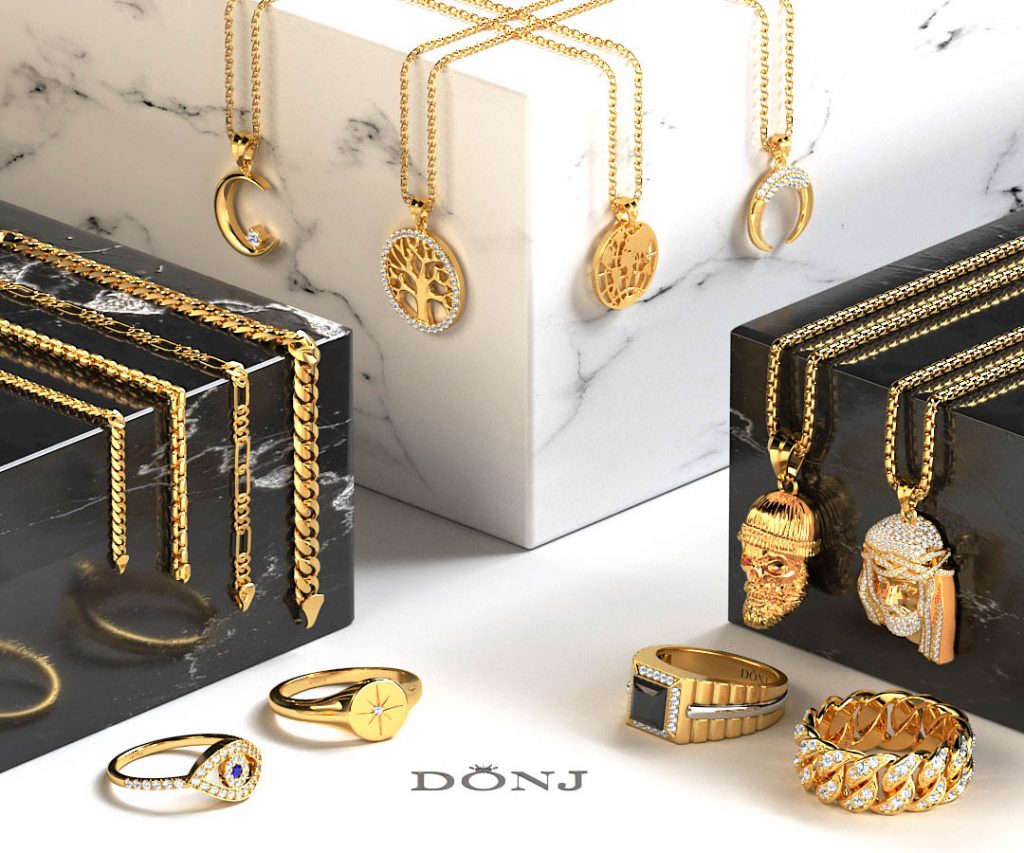Unveiling the Secrets Of the Assessment Process Employed by Precious Metal Buyers
Wiki Article
This valuation process used from precious metal buyers represents a crucial subject for anyone interested on disposing of precious metal. Understanding how gold gets assessed can help vendors make knowledgeable choices and ensure they obtain an equitable price. Gold buyers generally utilize several key factors to determine the worth for precious metal pieces, including purity, weight, and present market prices. Each of these plays a significant part in the overall assessment process.
One of the first steps in this appraisal procedure involves assessing the purity in a gold. Gold purity can be assessed by karat weight, where twenty-four karat representing 100% gold. Most precious metal ornaments tends to be usually pure while it may can consist of ten, fourteen, and eighteen karat. The greater a karat number value, the more more precious metal content the piece contains. Precious metal purchasers often use various assessment technique, like chemical assessments and digital testing, for determine the purity of the precious metal. This stage remains vital as this immediately influences an piece's value. For, example, a 24-karat gold piece will be worth more than a 14-karat item, although when both weigh same same.
Another mass of the precious metal piece remains a further key element in the valuation process. Gold is typically measured by grams or troy ounces. Buyers will weigh the precious metal to calculate its worth according to its purity. This weight is multiplied with the precious metal's purity percentage to determine the quantity in 100% gold contained in a piece. For, if a fourteen karat gold ring weighs 10 grams, the item holds approximately 5.83 of pure gold in 100% gold. Such computation helps buyers determine the amount of they are prepared for offer for the item.
Present trading valuations additionally play a significant part during the valuation for gold. The price for precious metal varies based to availability and demand, economic factors, as well as international occurrences. Gold buyers keep a careful watch on such market trends to guarantee buyers provide competitive prices. Buyers commonly look at the spot price for precious metal, which is the present trading price for instant transaction. Such price can fluctuate every day, so buyers must remain updated for provide correct assessments. Vendors should likewise be cognizant about these market fluctuations, as these may influence the price sellers receive for the precious metal.
Finally, the state plus craftsmanship in a gold item may affect the value. Unique designs, designer names, plus historical importance may each add toward an gold buying companies reviews value for a item. For instance, a well-crafted gold chain from a renowned designer may command a higher price compared to one similar item lacking a brand name. Buyers will take into account these factors while formulating an offer. Sellers must spend the effort to clean plus present the precious metal items properly, as this can positively affect the buyer's perception plus a final valuation.

In conclusion, the valuation process used by gold buyers involves several important elements, including purity, weight, current market prices, plus a state in the item. Understanding these elements can help vendors manage this disposal procedure better efficiently. Through being informed about how gold gets assessed, vendors may ensure they receive a fair valuation in exchange for their gold pieces. Regardless of whether disposing of jewelry, coins, or additional precious metal items, knowledge of the valuation process remains crucial to making smart monetary decisions.